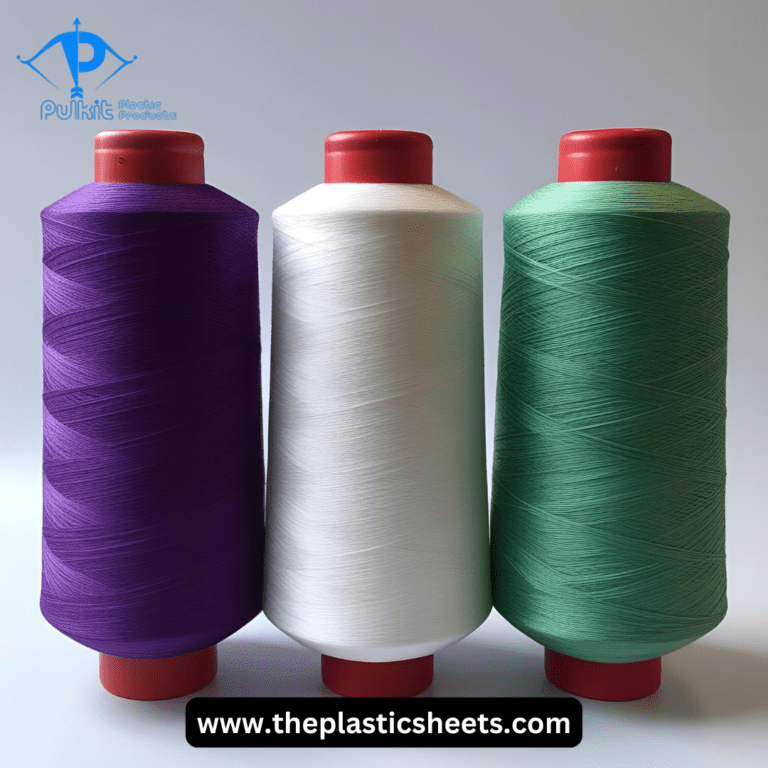The film industry has long been a beacon of creativity and storytelling, but it’s also been a significant contributor to environmental challenges. From energy-intensive productions to waste-heavy sets, the environmental footprint of filmmaking has historically been substantial. However, as the world shifts toward a more eco-conscious mindset, the push for sustainability in the film industry has become more prominent. In 2025, sustainable filmmaking is no longer just an option; it’s a necessity for building a better future.
What Is Sustainable Filmmaking?
Sustainable filmmaking refers to practices that minimize the environmental impact of film production while promoting long-term ecological balance. This includes reducing waste, conserving energy, and using eco-friendly materials on set. Sustainable film production companies are leading the charge by implementing green initiatives across pre-production, production, and post-production stages.
Challenges Facing Sustainability in Film
Despite growing awareness, achieving sustainability in the film industry is not without its hurdles:
-
High Costs of Sustainable Materials: Eco-friendly materials often come with a higher price tag, deterring smaller productions from adopting sustainable practices.
-
Lack of Infrastructure: Many film hubs lack access to green facilities or equipment, making sustainable practices logistically challenging.
-
Resistance to Change: Some industry professionals remain skeptical of sustainable alternatives, prioritizing traditional methods that seem more reliable or cost-effective.
Key Practices in Sustainable Filmmaking
Here are some actionable ways the film industry is embracing sustainability in 2025:
-
Eco-Friendly Sets:
-
Reuse and Recycle: Many productions now reuse props, costumes, and set materials. Recyclable materials are also being used to construct sets.
-
Digital Innovations: Virtual production and green screens reduce the need for physical set construction.
-
-
Energy Efficiency:
-
Solar-powered lights and energy-efficient equipment are becoming standard on many sets.
-
Productions are increasingly using renewable energy sources to power their operations.
-
-
Sustainable Transportation:
-
Transitioning from fuel-powered vehicles to electric or hybrid alternatives for on-set transportation.
-
Encouraging carpooling or providing shuttle services for cast and crew.
-
-
Reducing Waste:
-
Implementing zero-waste policies on set, including banning single-use plastics.
-
Composting food waste from catering services.
-
-
Local Sourcing:
-
Hiring local crews and sourcing materials locally to reduce the carbon footprint associated with transportation.
-
-
Education and Training:
-
Sustainable film production companies are providing training programs to educate crews on eco-friendly practices.
-
The Role of Sustainable Film Production Companies
Sustainable film production companies are at the forefront of this green revolution. By adopting and advocating for environmentally conscious practices, these companies are setting new industry standards. They prioritize:
-
Green Certifications: Obtaining certifications like Albert (BAFTA’s environmental sustainability program) to showcase their commitment.
-
Carbon Offsetting: Investing in carbon offset programs to balance out emissions from productions.
-
Community Engagement: Partnering with local organizations to support environmental and social causes.
Case Studies: Sustainability in Action
-
“The Mandalorian”: The hit series used virtual production techniques to create immersive environments without building physical sets, drastically reducing material waste and energy use.
-
“1917”: The filmmakers utilized local resources and implemented energy-saving measures, earning recognition for their sustainable efforts.
-
Indie Films: Smaller productions are also stepping up, using crowdfunding to finance green initiatives and setting examples for larger studios.
Benefits of Sustainable Filmmaking
Embracing sustainable practices doesn’t just help the environment; it also brings significant benefits to filmmakers and audiences:
-
Cost Savings:
-
While some sustainable materials may have higher upfront costs, long-term savings arise from energy efficiency and waste reduction.
-
-
Positive Brand Image:
-
Audiences are increasingly drawn to brands and productions that align with their values, making sustainability a valuable marketing tool.
-
-
Creative Innovation:
-
Sustainable filmmaking often inspires creative solutions, pushing the boundaries of traditional production techniques.
-
-
Regulatory Compliance:
-
As governments impose stricter environmental regulations, adopting green practices ensures compliance and avoids potential fines.
-
The Future of Sustainable Filmmaking
Looking ahead, the future of sustainable filmmaking will likely include:
-
Increased Use of Technology: AI and advanced data analytics to optimize resources and reduce waste.
-
Collaborative Efforts: Greater collaboration between studios, filmmakers, and environmental organizations to develop industry-wide green standards.
-
Consumer Demand: Viewers will continue to demand transparency and accountability from filmmakers regarding their sustainability practices.
Conclusion
The journey toward sustainable filmmaking in 2025 is about more than just reducing the carbon footprint of individual productions; it’s about reshaping the entire industry. By embracing eco-friendly practices, investing in green technologies, and fostering a culture of environmental responsibility, the film industry can lead the charge in building a better future.
For filmmakers and production companies, the shift toward sustainability is not only a moral imperative but also an opportunity to innovate, inspire, and connect with audiences who care deeply about the planet. Together, through sustainable filmmaking, we can create stories that resonate for generations to come.














